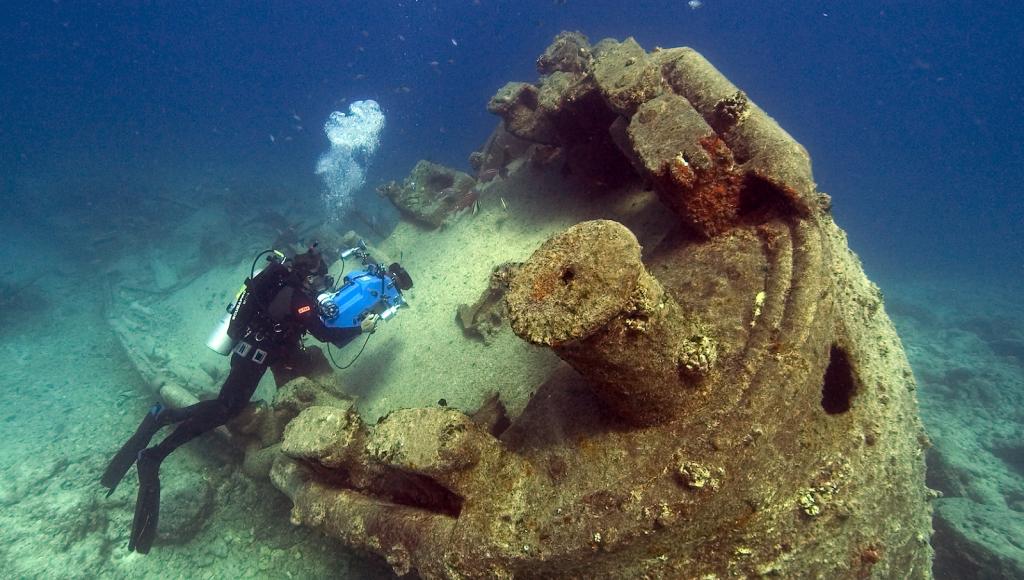This story was originally published by Atlas Obscura and is reproduced here as part of the Climate Desk collaboration.
Wherever they’re found, fatbergs — giant mounds of fats, oils, and debris that accumulate in sewers — have many things in common. Stinky, sprawling, subterranean, they start small, then get bigger and bigger, and sometimes grow to gargantuan proportions, occasionally surpassing a double-decker bus or even an airliner in size. They tend to lurk, unnoticed, until they claim so much of a pipe that wastewater can hardly flow past them. Then, they’re investigated and hauled to the surface bit by bit, where they elicit fascination and no small measure of nausea.
They also usually form in the same ways. “Saponified solids are the major pathways to these hardened deposits,” says Joel Ducoste, an environmental engineer at North Carolina State University who studies underground accumulations of fats, oils, and grease (otherwise known as “FOG”). “You’ve got reactions with calcium that can come from the background wastewater, or from corrosion of concrete-like materials that releases calcium and reacts with fat and grease that has broken down to release satura... Read more


